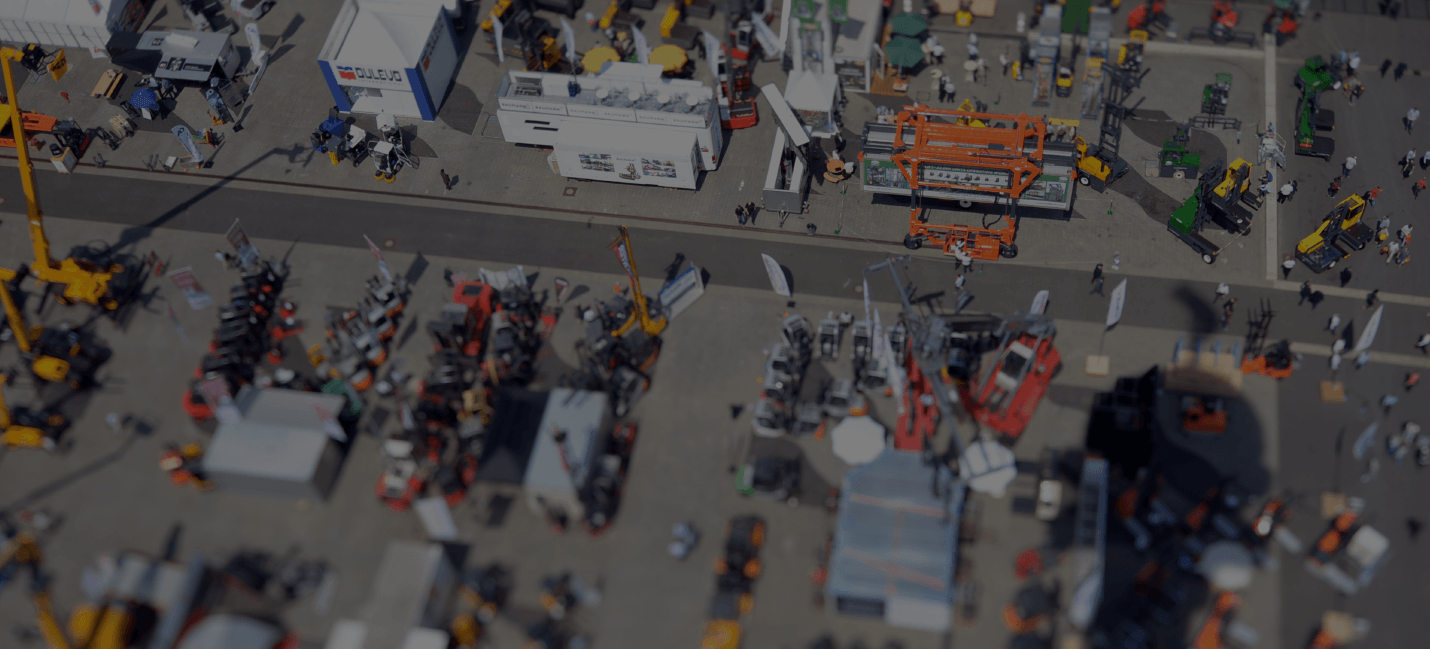How supply chain managers use mobile technology to keep employees safe
Any supply chain is fraught with risks for employees – in any given warehouse, there are forklifts whizzing around, pallets flying overhead, and all manner of heavy machinery and freight that could potentially cause major injuries.
In a static environment, however, the risks tend to be a bit more predictable, and therefore easier to mitigate.
But a supply chain, by definition, necessitates movement – of resources and products, from suppliers to consumers. And it is in those spaces in between where things can get a little dicey. So how do supply chain managers ensure their employees remain safe when transporting goods in remote locations and unpredictable circumstances?
Mobile technology plays a vital role in bridging the connection between mobile workers and supply chain managers, ensuring companies can exercise their duty of care, even in the most extreme conditions.
Here are 4 ways mobile technology is enhancing safety in the supply chain.
Driver monitoring
One of the biggest safety concerns for supply chain managers is truck driver safety, particularly in Australia, where the majority of freight is delivered by road. And this is a growing problem – in 2017, the number of heavy truck crashes increased by a staggering 86 per cent in NSW. Distracted and fatigued driving are significant causes of such accidents; according to research by Monash University, up to 17 percent of all crashes involving trucks can be attributed to distracted driving, with 3.7 per cent caused by fatigued driving.
For years, mobile technology has played an integral role in helping to combat these types of accidents. Many fleet managers, for example, require drivers to clock in and out remotely, helping managers to monitor the hours drivers work, so they can make sure they are getting adequate rest between trips. But the proliferation and affordability of sensors is taking mobile technology to a whole new level.
Australian company Seeing Machines, for example, has created a product known as Guardian, which helps to prevent fatigue- or distraction-related events by monitoring the driver’s head and eye position to detect when the driver is getting tired or his attention is waning. When safety parameters are exceeded, audio alarms and seat vibrations are set off to bring the driver’s awareness back to the road. Fleet management are also alerted, so they can respond to what is happening on the road in real-time.
SAP have also trialled sensor-equipped vests on drivers in Japan. These vests monitor the drivers’ biometric data, such as their heart rate and nervous system responses, and combines this with vehicle-related data in order to accurately estimate drivers’ stress and fatigue levels, helping to prevent accidents.
Driver alert systems
The lone nature of the job can make truck drivers especially vulnerable, and this risk is further exacerbated in countries like Australia, where drivers are far more likely to find themselves in remote locations where help is difficult to come by.
To help protect these employees while they’re on the road, Australian company Calamity has developed an mobile phone app called Fearless, which continually tracks drivers using GPS. The app can be set to activate an alarm if a driver fails to arrive at a destination within an expected time frame, and if drivers run into trouble, they can simply tap or shake their phone to send an alert. This not only sends the user’s location, but also transmits real-time audio and video to operators, so they can respond quickly and appropriately to the situation.
Asset monitoring and predictive maintenance
Mobile technology is not just used to monitor vehicle operators, but the vehicles themselves too. GPS trackers, for example, don’t just relay a truck’s location, but can also alert fleet managers if drivers are engaging in risky behaviour, such as speeding, cornering or hard braking, allowing managers to address the issue instantly and prevent a potential accident.
Sensors can also help ensure vehicles are kept in top condition by facilitating predictive maintenance, as opposed to regularly scheduled preventative maintenance. While preventative maintenance is based on statistics and historical data, predictive maintenance is based on continual monitoring of actual operating conditions, activities and events, providing a much higher degree of accuracy and therefore greater levels of reliability and safety (plus there are the added bonuses of less downtime and reduced costs). This type of predictive maintenance is making particularly big waves in industries with large and expensive assets, like aviation and shipping.
Healthcare supply chain management
Mobile technology is also having a significant impact in healthcare, particularly when it comes to remote communities, whose mobile phones may be their only means of contacting the outside world.
While mobile technology of course facilitates communication. For example, during the 2014 Ebola crisis in Sierra Leone, text messages were used to spread information about disease prevention, recognition and treatment, as well as warnings about regional outbreaks.
Mobile technology is also facilitating supply chain management, particularly in poorer areas. Healthcare workers in countries like India, Ghana and Malawi can use the simple SMS, as well as phone or browser apps, to report on stock levels, receipts, and orders, helping to ensure those workers get the staff, medicines, vaccines and information they need, when they need it.
Mobile technology remains a crucial tool for supply chain managers who want to ensure their employees’ safety on and off the road – and with 5G reported to be arriving on Australian shores as early as next year, the potential for mobile technology is set to skyrocket.
Want to learn more about how mobile technology will redefine supply chain management in the coming months? Then don’t miss CeMAT Australia 2018, the leading trade fair for materials handling, intralogistics and supply chain management.


